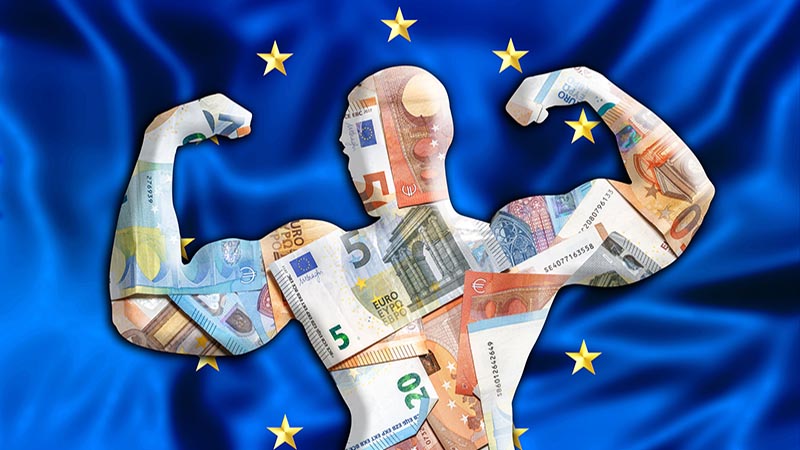By Bernard Chua, senior client portfolio manager at American Century Investments
With the US outperforming other developed markets during four of the last five years, many expected US exceptionalism to continue in 2025.
However, this hasn’t been the case thanks to the ‘sell America’ trade, with many investors now diversifying away from the US amid escalating trade tensions and rising economic uncertainty.
Europe and its largest economy, Germany, have notably benefited from this shift by outperforming the US early in the year.
Boosting defence
Amid growing concerns about the stability of its alliance with the US, the European Commission unveiled a blueprint to enhance military readiness and bolster its defence industry.
Under the ‘Readiness 2030’ plan, the EU would launch: a €150bn fund for defence spending, and allow member states to deviate from the bloc’s fiscal rules by dedicating an additional 1.5% of each member’s GDP to defence; over four years, this could generate another €650 billion in spending.
The plan also supports the creation of a savings and investment union to facilitate Europeans’ investments in European companies. Defence firms, for example, could see increased investment.
On the downside, however, Goldman Sachs has cautioned that any economic boost from defence spending could be smaller than expected. To stay within their debt limits, European countries might offset increased spending with higher taxes or less spending on other needs.
Poised for an upswing in demand
The makeup of Europe’s economy could also prove to be advantageous. While information technology (IT) companies account for nearly 30% of the S&P 500 index, technology stocks represent roughly 7% of the MSCI Europe index.
This structural difference helps explain strong US outperformance in 2023 and 2024 when enthusiasm about artificial intelligence (AI) spending propelled the market. With investors questioning these spending projections and the high valuations of tech stocks, the US market’s significant IT stake could be a headwind.
In contrast, the financial sector is the largest part of Europe’s economy; improved loan pricing and improving economic activity could fuel earnings for European banks.
Industrial companies account for a larger share of Europe’s economy than those in the US Many are poised to see improving growth prospects due to low inventories and rising demand.
We’ve seen positive developments in European manufacturing as demand has seemingly bottomed out and is now climbing with an increase in new orders. This trend is illustrated by the rise of the HCOB Eurozone Manufacturing PMI index, which reached 50.5 in March, marking the highest level in nearly three years.
Faster interest rate cuts than the US
In April, the ECB reduced its key interest rate from 2.5% to 2.25%, the latest in a recent series of cuts. While inflation has continued to decline, policymakers said the potential for trade disruptions is negatively affecting the growth outlook.
Meanwhile, the US federal funds rate ranges from 4.25% to 4.5%, among the highest of developed nations. The Fed’s Federal Open Market Committee held rates steady at its April meeting.
Remaining selective
But whilst there is great potential in European stocks, various issues could hinder the region’s growth.
European economies have grown modestly, and higher US tariffs may introduce another headwind, possibly pushing the region into recession. Even before President Donald Trump’s recent tariff announcements, the ECB predicted real GDP would grow just 0.9% this year, 1.2% next year and 1.3% in 2027.
Politics is another potential obstacle. EU nations broadly agree on matters like increased military preparedness and economic self-reliance. However, the EU could struggle to maintain this unity over the long term.
Europe is generally more regulated than other markets, which could also hold back economic growth. Though the move could be politically unpopular, the region might need to embrace deregulation to sharpen its competitive edge.
Finding a balance
With all this in mind, investors should take a selective approach to Europe. They must identify opportunities early, focusing on companies with accelerating growth and strong fundamentals.
Increased public spending, higher demand and other factors could support earnings growth among European companies. At the same time, however, Europe may face challenges that limit this progress, such as stubbornly low growth, higher tariffs and a complicated political landscape.
In today’s volatile markets, European equities also offer investors overexposed to US stocks one way to achieve greater diversification.










